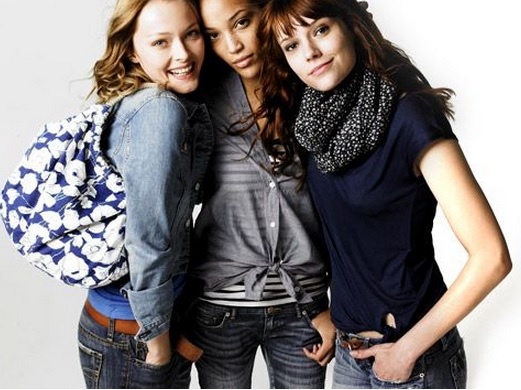Fashion might not be the first market you think of when considering investment, but the big fashion houses generate a lot of income and can be prestigious investments. The global market was $1.7 trillion in 2012. Despite this, it can be difficult for designers, especially those who are not established, to attract investment. One of the ways young designers are trying to improve their chance of success is by either partnering with people with business experience or improving their own business acumen.
With the economies in many developed nations suffering, many major labels are struggling on the high street to keep their flagship stores open. Luxury brands often struggle during recessions as customers have less money to spend. However, whilst the home market may be sluggish, the newly rich in the emerging economies of Russia, China and India can be a great market for luxury goods. Get the pitch right and these wealthy consumers will snap up designer clothes, handbags, jewellery and perfume.
Fashion companies do not even have to relocate their operations; the growth of global brand tourism has meant the Chinese alone account for one-third of luxury spending in Europe.
For established fashion houses with good reputations, the influx of cash from new investors can revitalise the brand. Years ago, everyone bought their clothes on the high street, but with the rise of the internet, high fashion e-commerce brands are also attracting plenty of investment. New menswear brands such as Buck Mason have also emerged, backed by venture capital.
An example of this is Jeffry M. Aronsson of the Aronsson Group, who restored Oscar de la Renta to profitability. The company’s capital structure problem was resolved, sales were tripled and all the debt was paid off. The company’s gross margin was also improved by 800 basis points. Donna Karan International was another fashion house to profit from their investment. The company had suffered four years of losses since being taken over by LVMH in 2001, but within two years of the Aronsson Group taking the helm, the company was returned to profitability.
Another example is the Mikati brothers of the M1 Group, who bought shares in All Saints and took over the French fashion company Faconnable. Investment in All Saints helped the brand to pay off its debts. Faconnable was founded in 1950, but had been quiet for many years. However, with Façonnable acquired by the M1 Group, the company’s fortunes changed. The support of the M1 Group was vital for the re-launch of the brand, which involved reassessing the direction in which the brand was moving. As a result, new designers were bought in to revitalise the brand and create two new distinctive lines. The fashion company has also pushed out into new markets by opening boutiques in Asia, the Middle East, the US, Europe and Latin America.
It can be hard finding investors who are willing to invest in fashion, especially if a designer is new and has not done many shows. However, finding someone who is willing to support and invest in a brand can take an ailing fashion brand, revitalise it and restore it to profitability. With companies like the M1 Group moving into fashion investment, it has opened the fashion industry to a wider financial market.
